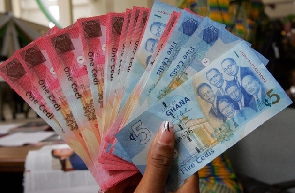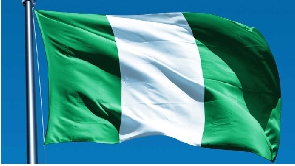Following reforms to the banking sector, executed since the second half of 2017, the banks left in the industry are proving to be safe haven for depositors’ funds, as key financial soundness indicators of the banking sector showed broad improvements, data up to August 2019 from the latest Bank of Ghana Banking Sector Report, released last week, has shown.
Importantly, financial solidity has been established in every bank still operating with the exception of National Investment Bank, the only one that has not recapitalized, and is still operating with a capital deficit. But NIB is state owned and depositors’ funds are being guaranteed by government itself, pending its recapitalization, expectedly next year.
This confirms the successful completion of the banking industry reforms by the BoG with financial support from government itself – no depositors funds are at risk anymore, at least for now and the corporate governance and risk management directives introduced by the central bank last year can be expected to prevent a repeat of the circumstances that created the recent problems in the first place.
The banking industry’s solvency position for the period remained strong with Capital Adequacy Ratio (CAR) under the Basel II/III framework of 19.8 percent, which remained well above the 13.0 percent prudential minimum, comprising the statutory minimum of 10.0 percent and the prudential buffer of 3.0 percent.
Paid-up capital grew by 39.5 percent to GHc 9.26 billion over the 12 months up to August 2019, building up on the 52.4 percent year on year growth in August 2018 as a result of the recent industry-wide recapitalization.
The report indicates that, spurred in part by increased profit retention, shareholders’ funds (comprising paid-up capital and reserves) grew by 22.8 percent year on year in August 2019 to GHc 16.72 billion, close to the 21.3 percent achieved over the 12 months up to August 2018, when the recapitalization exercise was at its peak. This sustained growth in shareholders’ funds depicts that banks stand in a better position not only to deepen intermediation but are also resilient to shocks.
However, deposits remain the main source of funding for the banking sector. Growth in deposits however moderated by 12.2 percent to GHc 76.02 billion in August 2019 compared to the 26.2 percent rate observed a year earlier.
The growth slowdown reflected, in part, some payment of depositors’ funds by CBG as part of the reforms. However, improved financial solidity of the industry is expected to translate into faster deposit growth, especially when liquidity across the economy eventually improves.
Overall, the BoG’s assessment of the industry’s balance sheet position as at August 2019 shows that the banking sector’s growth has been robust and is projected to improve further.
Asset quality improved within the banking industry as the stock of non-performing loans as well as the NPL ratio declined by August 2019 compared to the same period last year.
The stock of the industry’s Non-Performing Loans (NPLs) contracted by 4.2 percent to GHc 6.91 billion in August 2019 from GHc 7.21 billion in August 2018. The decline in the stock of NPLs coupled with the improved recovery of hitherto non-performing loans in translated into a lower NPL ratio of 17.8 percent in August 2019 down substantially from 21.3 percent in August 2018.
The central bank expects improvement in asset quality to be sustained by continued implementation of the loan write-off policy, intensified loan recovery efforts, as well as stronger credit risk management practices by banks.
Click to view details



Business News of Wednesday, 6 November 2019
Source: goldstreetbusiness.com
Banks now safe havens for depositors’ funds
Opinions
















